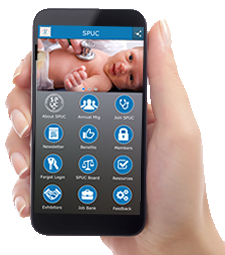The American Academy of Pediatrics Says the Best Care for Children Remains at the Pediatricians Office
In a newly released policy statement, The AAP has reaffirmed its stance that the ideal location for children to receive care for acute, nonemergency health concerns is at a pediatrician's office or similar "medical home" that offers continuous, comprehensive and coordinated care.
The Academy also acknowledges the need to coordinate with and help improve standards at a growing number of urgent care facilities, retail-based clinics and commercial telemedicine services that are used by some families because of a perceived or real benefit in accessibility, convenience or cost.
"Children deserve to receive care from a skilled professional, a physician who knows their needs and medical history, who works alongside family members to keep them safe and healthy," said Susan Kressly, MD, a lead author of the policy statement.
The report, "Nonemergency Acute Care: When It's Not the Medical Home," replaces two previously published policy statements that addressed the expanding models of acute care services. The updated statement emphasizes that treatment of children at established, evolving and new practices should adhere to core principles that are based on recommendations that include:
- Maximize continuity of care by rapidly communicating information and referring the child for necessary follow-up to the medical home.
- Provide care that is based on the best available evidence and have clearly defined limits of scope of service that are transparent to families.
- Ensure that the staff members have pediatric training and experience.
- Establish protocols for in-person and technology-enabled care for transitions of care during emergencies, during situations outside scope of care, and for after-hours coverage.
- Put in place strategies for continuous assessment and improvement for quality of care and patient safety.
The Academy recommends that children younger than two years old are not treated at retail-based clinics or acute care services that lack pediatric expertise. The policy statement encourages pediatric practices to use innovative ways to meet family needs within the medical home, such as by increasing hours of operation.
The medical home remains the best location for children and adolescents to receive care for chronic or complex conditions, including behavioral health issues; for routine well-child care, including physical examinations and immunizations; and for whole-person care, including issues affected by social determinants of health.
Usha Sankrithi, a SPUC Board Member is an author on the report “Nonemergency Acute Care: When It’s Not the Medical Home.” Sankrithi is also Co-Chair of the AAP Subcommittee on Pediatric Urgent Care.




